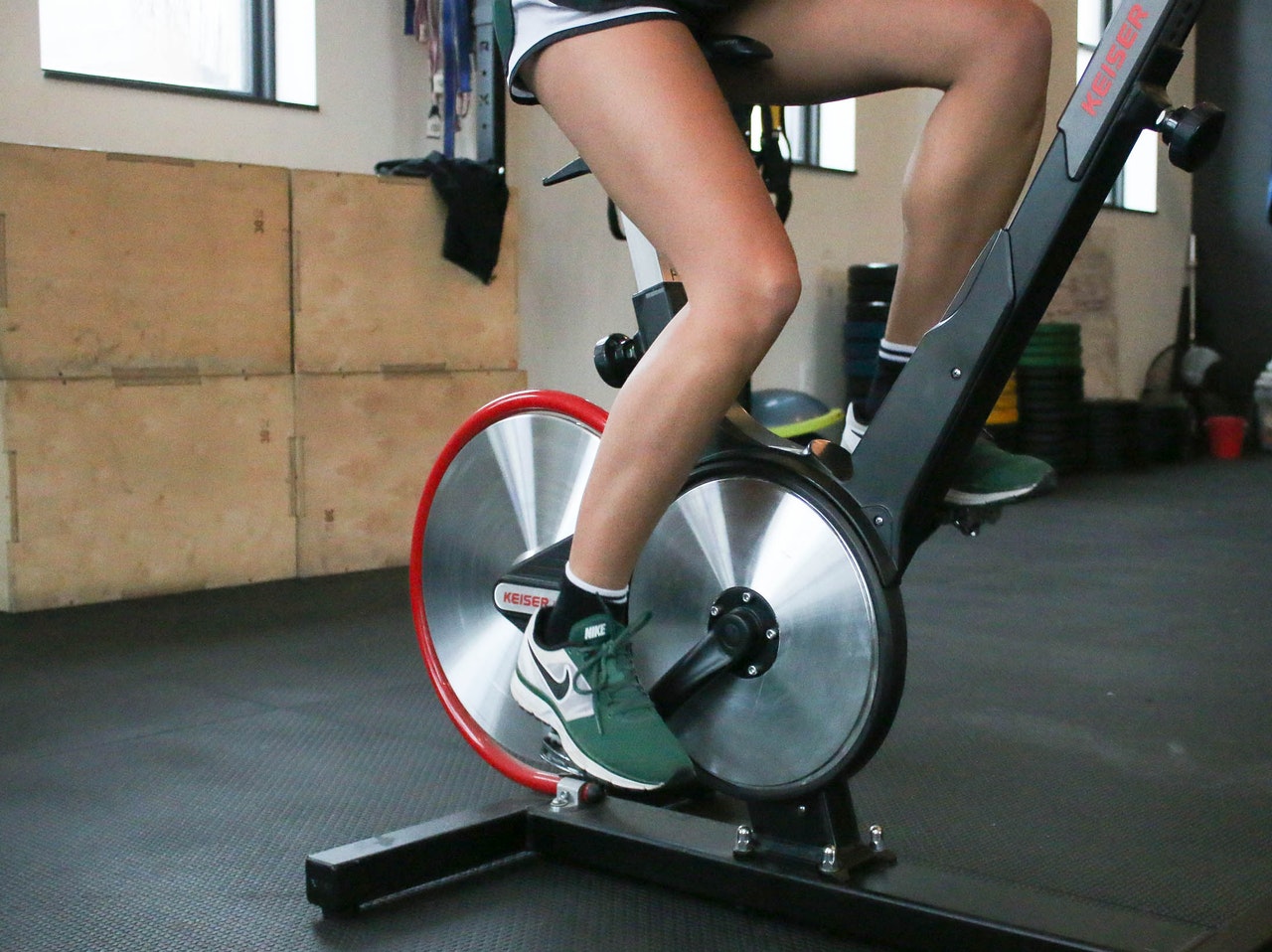Metabolic conditioning (otherwise referred to as MetCon) is created upon specific exercise programs that use the body’s immediate and intermediate energy pathways. With metabolic conditioning, the body can burn sufficient calories in twenty minutes or less.
This timeliness manner appeals to gym goers who might have a difficult time carving out their normal hour-plus workout regimen into their already busy work schedule. It also applies to potential fitness newcomers who are looking for a good place to start. While being more time-efficient, metabolic conditioning is also calorie-burning efficient as well!
These exercises are created to be performed at moderate to high intensity all the time, forcing the body to reach a higher heart rate to perform them adequately. It has been shown that metabolic conditioning reduces body fat percentage and can help build more muscle.
To top things off, since muscle burns more calories than fat burns calories, regular workout routines that implement some form of metabolic conditioning will improve your metabolism.
Specific Types of Metabolic Exercise
Many exercises fall into the category of metabolic conditioning; however, here are a few examples you can build off of if you’re curious about what exactly goes into this type of training.
Circuit Training
Widely speaking, circuit training combines sets of completely different exercises into singular “circuits” that are done one after another, instead of the traditional training method that hits specific exercises for three to four sets of repetitions.
For example, circuit training will begin with a set of repetitions of one exercise (i.e., twenty pushups) then immediately move to a different one (i.e., bicep curls) following a short bit of rest.
They roughly consist of between ten to twelve different exercises bottled up into one “circuit” that can be repeated as many times as the individual wants to do them. The more rounds of a circuit, the higher the intensity of the overall workout.
High-Intensity Interval Training | HIIT Training
High-intensity interval training or HIIT refers to exercises that are intended to perform greater than 80 percent of your maximum heart rate, split up with recovery rest periods that are less intense exercises.
This example of training is considered a form of metabolic conditioning - which contains both exercises that can be completed with varying moderate to high intensity.
The main reason people are drawn to HIIT training is the fat-burning appeal both before and after a workout! Because HIIT training takes away people’s ability to catch their breath and completely rest in between sets, this strengthens the heart and pumps blood at a rapid rate for a more extended period after exerting this energy.
Not only will you be gassed from completing your HIIT workout, but you will also be able to lose weight and burn fat and calories at a more efficient rate!
If you’re interested in trying out HIIT workouts for the first time or a change to your already established exercise routine, check out Ski-Row Air and Ski-Row Air+PWR dual-function cardio machines from EnergyFit.
These new exercise machines serve as ski trainers and rowing machines that can be used for individual cardio exercises or ramped up to HIIT training machines if you desire. They’re very simple to use and can be easily stored away if you plan on looking for a perfect alternative to work out from home!
Downsides of Metabolic Conditioning
While most of the results that people will notice from metabolic conditioning fall in the “positive” threshold, it’s important to mention the cons.
Due to the intensity levels that go into these programs, metabolic conditioning might make people more prone to injuries.
With every aspect of physical fitness, it’s very important not to generalize anybody during an unfamiliar workout routine or something their body might not be accustomed to.
One of the most common ways people will find themselves in the hospital from fitness is due to overexertion of the body, which usually happens from a lack of preparedness.
Since metabolic conditioning involves more intense exercise routines, this puts more potential stress on the joints they’re utilizing but simultaneously bringing the heart rate to a higher level that can optimize fat and calorie burning at very efficient rates. Another negative aspect of metabolic conditioning for many people is the necessity for gym equipment to perform most exercises accurately.
It’s technically not required, but having access to this equipment can be very helpful for people to switch their routines up and provide more variety to their overall experience.
In general, it’s good to switch up fitness routines; the less your body can learn how to cope with a specific exercise, the more effective a workout can be at swelling the muscles and getting the most out of it.
Lastly, in specific conditions, metabolic conditioning might not be the safest routine for some people due to the intensity that accompanies most of the exercises. You need to console your doctor before jumping into a brand new training program like this one, but it can be incredibly beneficial if it’s suited for you!
Sources:
Examples of Moderate and Vigorous Physical Activity | Harvard T.H. Chan School of Public Health
Metabolic Conditioning: Moving Beyond Cardio | NASM
Circuit Training | Learn the Basics of Circuit Training | ACE Fitness
Tips for preventing physical overexertion | K-State




Leave a comment
All comments are moderated before being published.
This site is protected by hCaptcha and the hCaptcha Privacy Policy and Terms of Service apply.